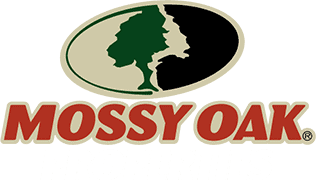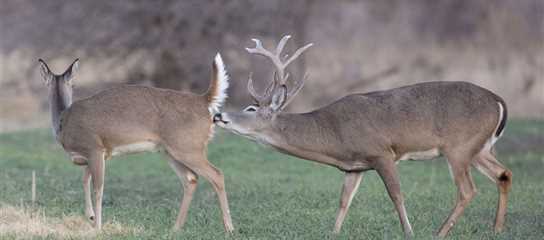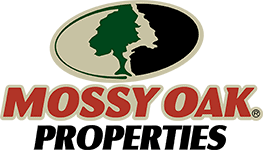Andrew Walters | Originally published in GameKeepers: Farming for Wildlife Magazine. To subscribe, click here.
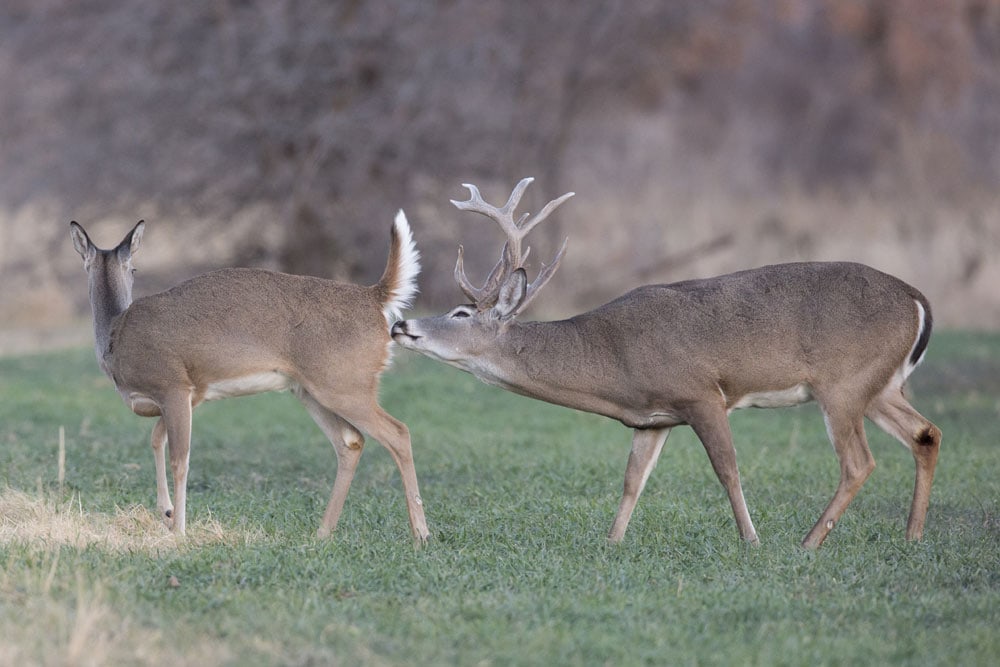
A true professional knows what he or she knows, doesn’t know, and knows who knows what he or she doesn’t know. As gamekeepers, we understand more about wildlife management than most, but even so, there will come a time when one needs assistance in their management endeavors. When that time comes it is best for the serious land manager to seek professional help.
Mossy Oak has left no “land management stone” unturned. With BioLogic food plot seed, Nativ Nurseries trees, the most effective concealment patterns in the industry and several other ventures, Mossy Oak is unsurpassed in maximizing the outdoor experience—not to mention you have an issue of Gamekeepers in your hands right now. Subsequently, there is Mossy Oak Properties, which specializes in helping people finding their “favorite place outdoors.” From buying and selling to managing land, there are multiple Mossy Oak Properties real estate offices across the nation that can help you combine every aspect of what Mossy Oak has to offer in order to develop your land’s complete potential.
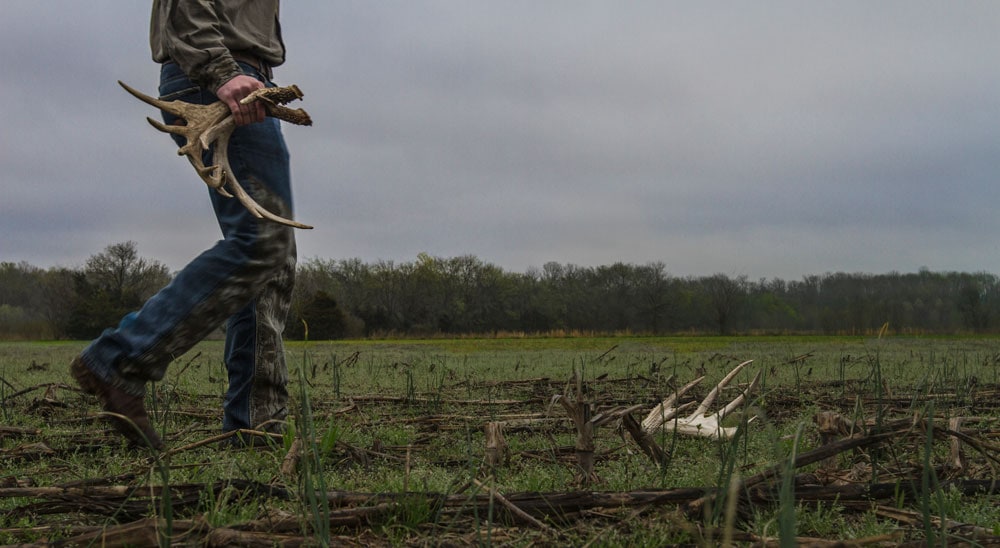
As a broker for Mossy Oak Properties NC Land and Farms, my job is to find clients a place to call their own—a place to enjoy the great outdoors with family and friends. On a separate platform, I design wildlife management plans that are tailor-made for a landowner’s particular property. There are many components of these plans and there isn’t a “one-size-fits all” approach that will have ducks flocking to your swamps and whitetails feeding in your plots overnight. On the other hand, there are many steps that can be taken soon after a property assessment has been made that will get you on the right track. In order to accomplish this, there are a few things you will need to know.
Qualifications
As a recent graduate from North Carolina State University with a degree in Wildlife and Fisheries Science, I, as many other graduates, sought employment elsewhere than our State’s Wildlife Commission. This is not unique to my state and many other graduates in neighboring states have done the same. What does this mean for the individual landowner? It means if your state allows their biologists to evaluate your land, they are probably like most state agencies and spread thin. After all, it’s tough to expect a biologist who may be responsible for covering multiple counties to spend their time on a few hundred acres for an individual. Keep in mind, there are other routes to acquiring a management plan besides your local natural resource department.
A successful land manager should have the necessary credentials or experience in order to evaluate your property. That being said, a land manager may have their qualifications listed in their job title or job description. Wildlife Consultants, Wildlife Scientists, and Wildlife Specialists are all common titles for land managers. Where you reside may dictate what the consultant specializes in. Waterfowl Specialists are common in states where waterfowl migrate through, while someone who knows the ins and outs of pine forest ecosystem management may be located in the southeastern states. You get the idea.
Keep in mind that while the title may vary, their credentials should provide the education or experience needed for an accurate assessment of your property. Beware of some consultants or land managers who possess extensive knowledge of hunting wild game but may lack the understanding to properly manage properties or interpret the landscape from a biological standpoint. A common problem is that some consultants are more akin to a guru hunting buddy than an actual land manager.
Plan Design: Objectives
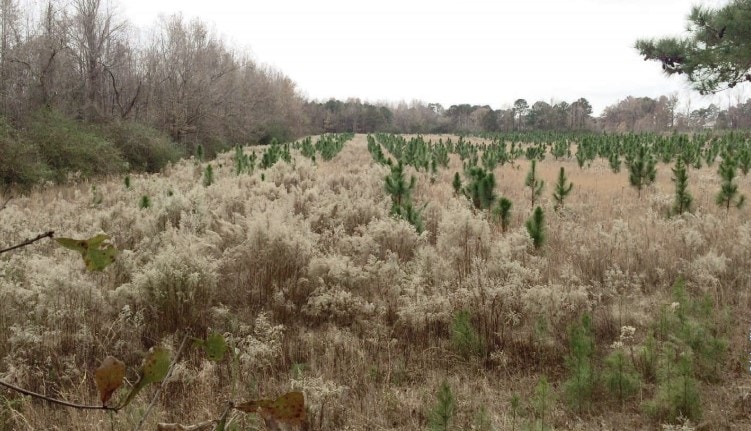
Everyone creates their plans differently but the common denominator should remain that the habitat and the wildlife will be enhanced by the recommendations within the plan. The plan should be based off of the land owner’s realistic goals for that specific property. Not every property will produce Boone & Crocket bucks year after year
I typically begin my plans with an assessment of the property and a consultation with the property owner (or whoever is determining the objectives for the property). A landowner needs to understand the current vegetative state of their property. The size of the tract, the type of flora along with the terrain will dictate how the plan breaks down the property. For example, the recommendation for the 35 acres of oaks should be separated from the 40 acre clear-cut. The management techniques and objectives are very different, so keeping the plan organized and easy to follow is a must.
Then, I like to breakdown what the property will slowly become if left unmanaged. In other words, if a property has a 10-acre fallow field, I will observe the area and outline what the property will become in X amount of time, and more importantly, how this affects the local wildlife. By doing this, I outline what the property will be like if left unmanaged, and what it will be like if managed properly.
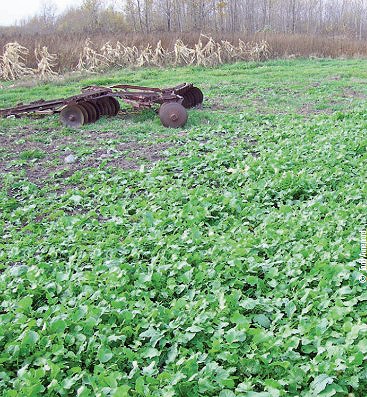
waterfowl, will be a part of the majority of management
plans. Wildlife obviously can survive on native cuisine,
but most want their desired species to flourish and
density to increase.
Much of the plan depends on the landowner’s objectives. There is typically a primary species followed by a secondary species. In North Carolina, whitetails reign supreme and wild turkeys are a close second. Does the landowner wish to have as many deer on their property as possible, or a balanced sex ratio? In North Carolina, as you move towards the coast, black bears become prominent and many popular wildlife species overlap. In this case, the land manager should be able to suggest habitat management recommendations that focus on a particular species, or maybe enhance the habitat for as many wildlife species as possible. Also, some landowners may not be able to spend countless hours managing their property. Part of my job is to design “kill two birds with one stone” style management techniques.
Lastly, I include a time frame for the techniques that should be conducted. Before my on-the-property assessment, the landowner fills out a short term and a long term goal sheet. After discussing the goals, we take the steps necessary to reach those particular goals. The short term goals are imperative for a plan’s success. The landowner needs to accomplish some fast objectives within the first year in order to maintain the plan, and this is the best way to stay on track.
It is important to include every aspect of the management effort into the plan. Many times the landowner has just acquired the property or may not have the time or the know-how to manage their land. In this case, not only are you helping them achieve goals, you can help them learn along the way.
Wildlife and Much More
While having extensive knowledge of wildlife will create the most beneficial plan, there are many other factors that contribute to the plan other than wildlife alone. The habitat is what usually requires the most manipulation. The evaluation of the vegetation and the stages of succession are a great example. The proper identification of soft and hard mast-producing trees is another big step. While this sounds like a given, the plan should outline how the management techniques proposed will benefit the wildlife. This requires the consultant to understand how the local wildlife will use the natural forages. A prime example is the difference in red and white oaks. While they are both oaks, I dare a hunter to spend an evening overlooking a stand of northern red oaks while white oaks are dropping, and then tell me they are both “just acorns.” One is definitely preferred over another. However, both are eaten.
Conservation Reserve Programs are a great manage technique and while many state agencies lead the charge with the implementation of these projects, there are many other land managers who are knowledgeable about these programs and can properly navigate these channels. Understanding the planting process, determining the acreage allocation, and the forage selection type are all areas that should be properly investigated before signing up programs such as these.
I am commonly asked two questions when creating plans. One is about prescribed burns and the other is about epizootic hemorrhagic disease (EHD). As far as the prescribed burns are concerned, it is important that the landowner understands what effect the fire will have on their property and how this affects the wildlife utilization of the land. There are more to burns than meets the eye, such as dormant season burns and growing season burns, and what seasonal burn has the greatest impact on the species of interest, and how the species will react and use the burn area. All of this should be researched and discussed with the landowner before anything is done involving fire. A prescribed burn is unlike most management techniques, once the burn is completed, the landscape is changed and nothing but time will get it back to where it was before the burn.
Food plots!

Does a hunting property without some type of food plot even exist? It sure doesn’t seem like it. When it comes to providing year around nutrition, developing a food plot plan is key. Problems lie when a landowner doesn’t know what forages will work best in their area and under what conditions and when topography, poor soil or other factors limit the amount of acreage available for planting. Warm season or cool season forages? Shade tolerance, pH levels, and precipitation are all factors that contribute to a plot’s success or failure. Earlier I mentioned that there wasn’t a one-size-fits-all approach, and I was primarily talking about food plots. Of course I could go into detail about food plot seed blend choices, but there are so many variables to consider—I will leave it at this: an on-site visit with soil samples and a common knowledge of the area’s weather patterns are a necessity. Prepping the soil, purchasing seed blends, fuel, and investing your time can be costly, so it is best to get a professional’s input before diving in headfirst.
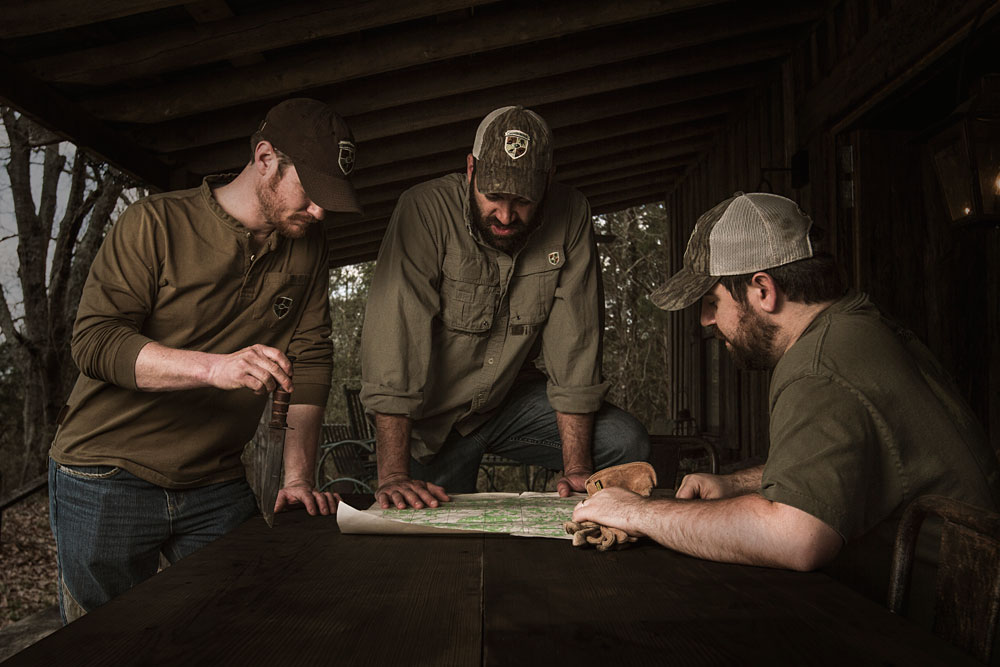
Wildlife
In some cases the landowner is seeking assistance in designing a harvest plan in order to obtain a goal dependent specifically on the wildlife. While most of my plans are primarily habitat management based, I am usually asked about harvest and data collection. How many antlerless deer should be taken? How do I age bucks on the hoof? How do I accurately estimate a buck: doe ratio? The longer the land has been owned, the easier it is to gauge the harvest requirements. If the landowner keeps accurate data collected from their recent harvests, it makes the assessment much easier. On the other end of the spectrum, this can be tricky to do when a person has recently purchased a tract of land. In this case, I recommend a camera census, in addition to taking extensive notes detailing their hunting outings and their harvests. The weight, age, jawbone, and any other unusual bodily characteristics should be documented. This will be advantageous after a season or two has passed and will provide invaluable insight.
Managing your land shouldn’t be a problematic, overly expensive and stressful situation. If you want a management plan done on your property, be sure to contact a professional capable of getting your property on the right track. It will save you money, ease your stress and you will be glad you took the time to plan for your paradise.
